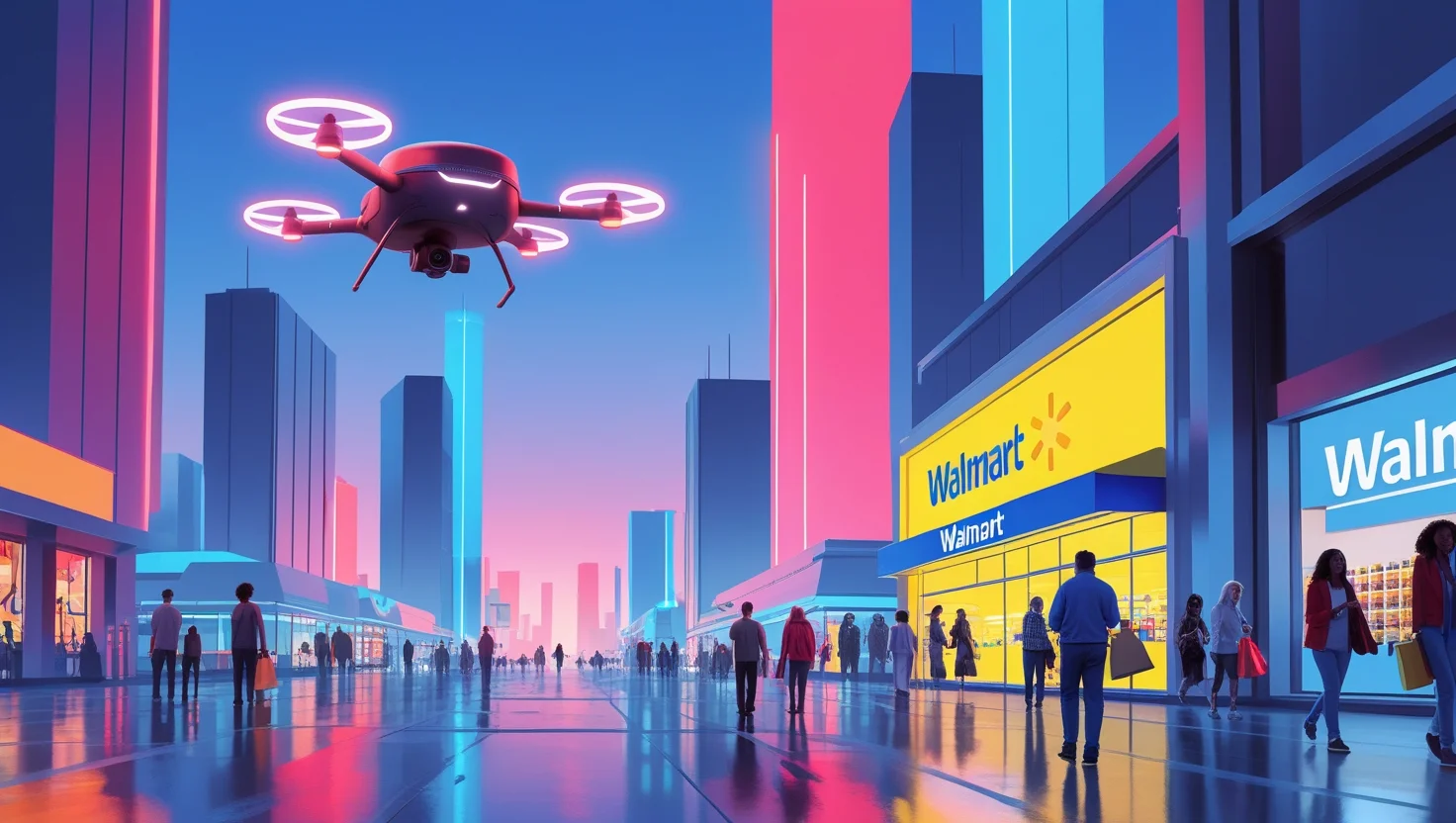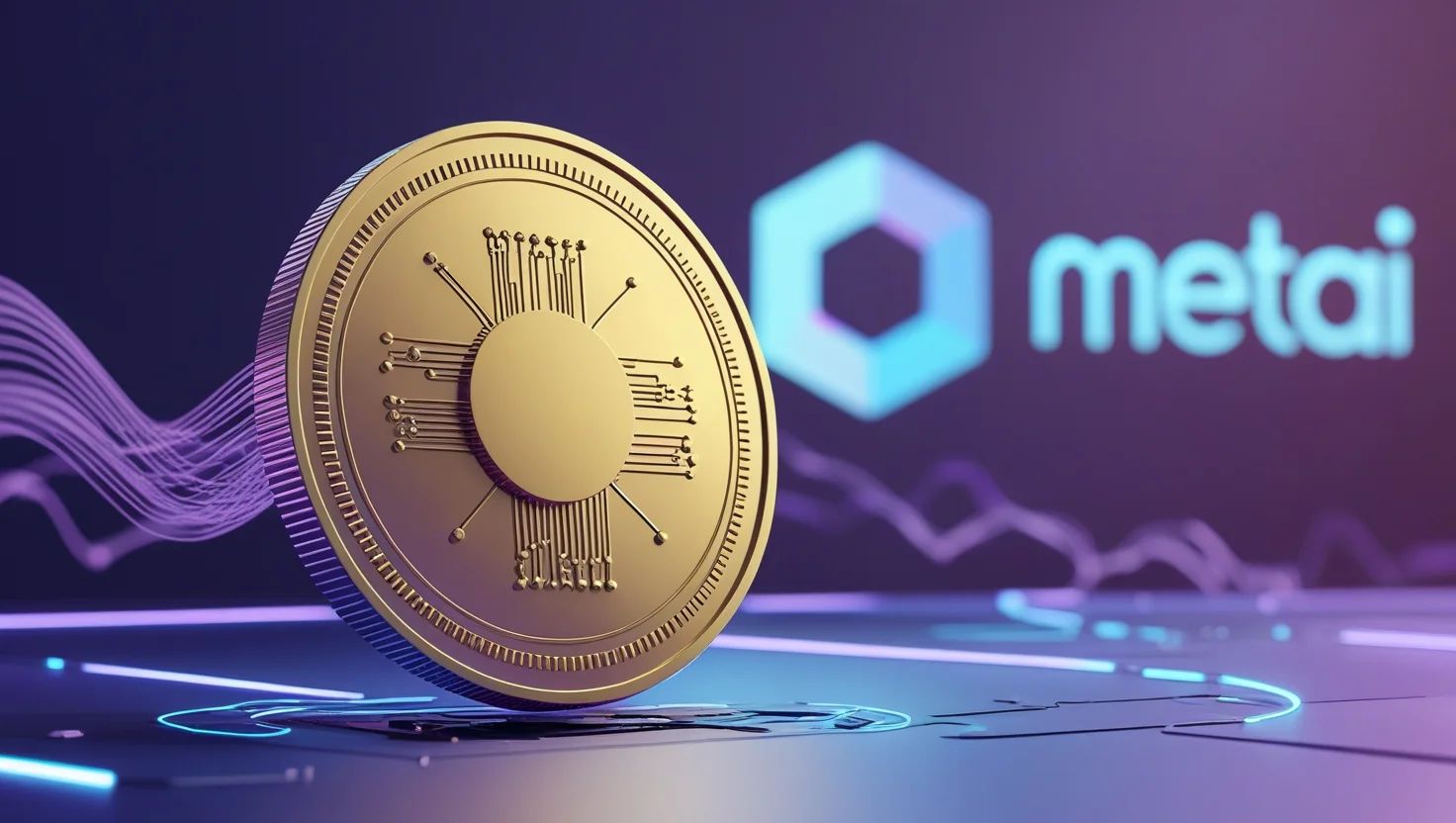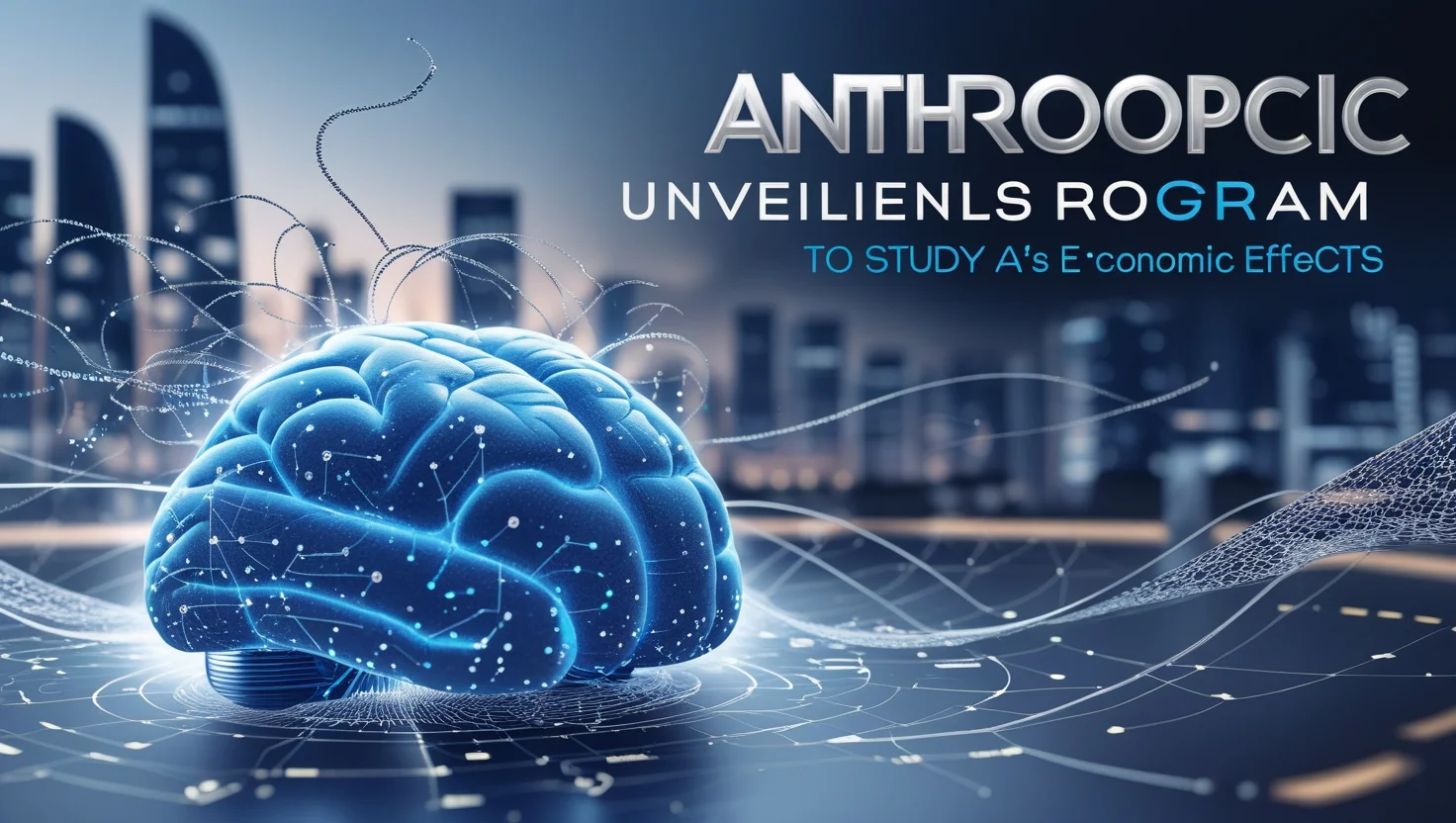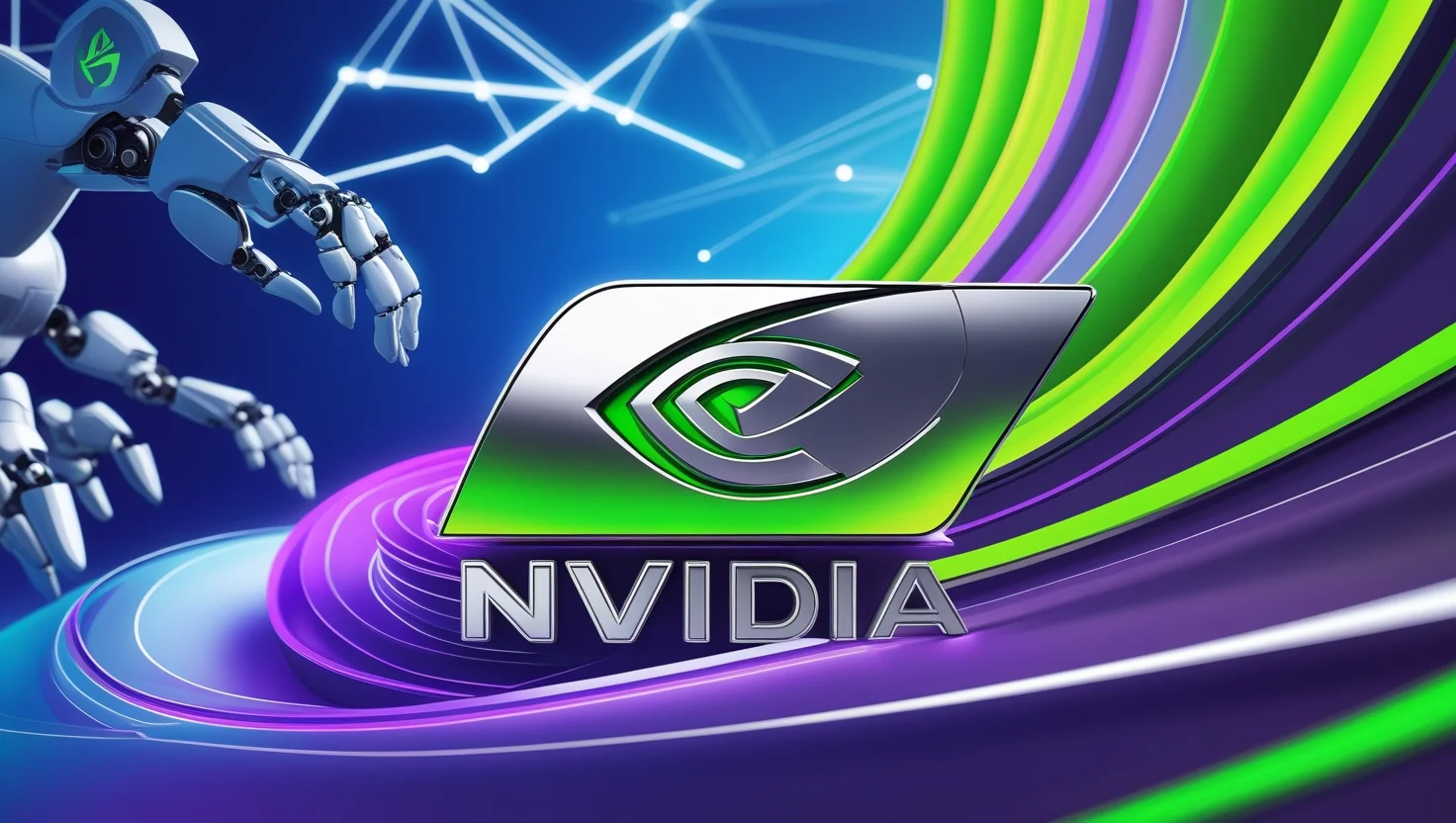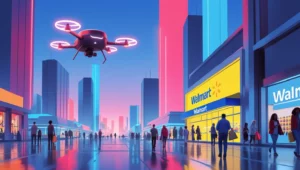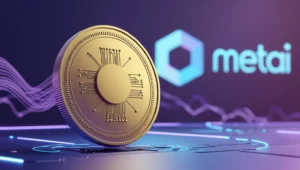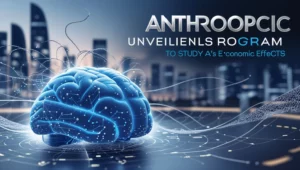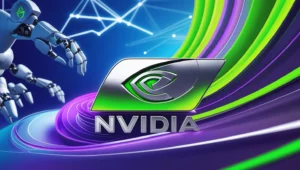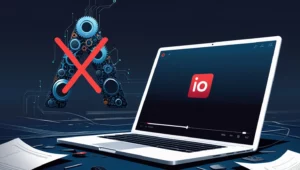Tesla’s Dojo is a high-powered AI supercomputer designed to train neural networks for its Full Self-Driving (FSD) system. Elon Musk has emphasized the importance of achieving fully autonomous vehicles, which remains Tesla’s long-term goal.
The company recently revealed its Cybercab and plans to launch an autonomous ride-hailing service in Austin by mid-2025. While Tesla’s reliance on cameras for self-driving differs from competitors who use lidar and radar, the company believes its vision-based approach, combined with AI training, will lead to genuine autonomy.
However, Tesla’s focus has recently shifted to Cortex, another AI training supercluster at its Austin headquarters. Cortex is designed for extensive video training, supporting both FSD and Tesla’s humanoid robot, Optimus. Despite this, Dojo remains a crucial part of Tesla’s AI strategy, leveraging its proprietary D1 chips, designed for high-efficiency AI workloads.
Unlike traditional supercomputers that use Nvidia GPUs, Tesla aims to reduce dependence on external suppliers and develop its own AI training infrastructure.
Musk has acknowledged the challenges Dojo faces, including the need for massive computing power and data processing capabilities. Tesla has also invested heavily in Nvidia hardware, balancing its reliance on both Dojo and external GPUs. Some experts argue that the brute-force approach of collecting more driving data may not be enough, raising concerns about efficiency and scalability.
With billions spent on AI development, Tesla hopes Dojo will enhance its self-driving technology, eventually leading to fully autonomous vehicles and even new business models.
Future iterations of Dojo could expand beyond Tesla’s needs, potentially competing with Nvidia and cloud computing giants. While Tesla’s AI ambitions are bold, only time will tell if Dojo will be the breakthrough needed to achieve Musk’s vision of a self-driving future.

